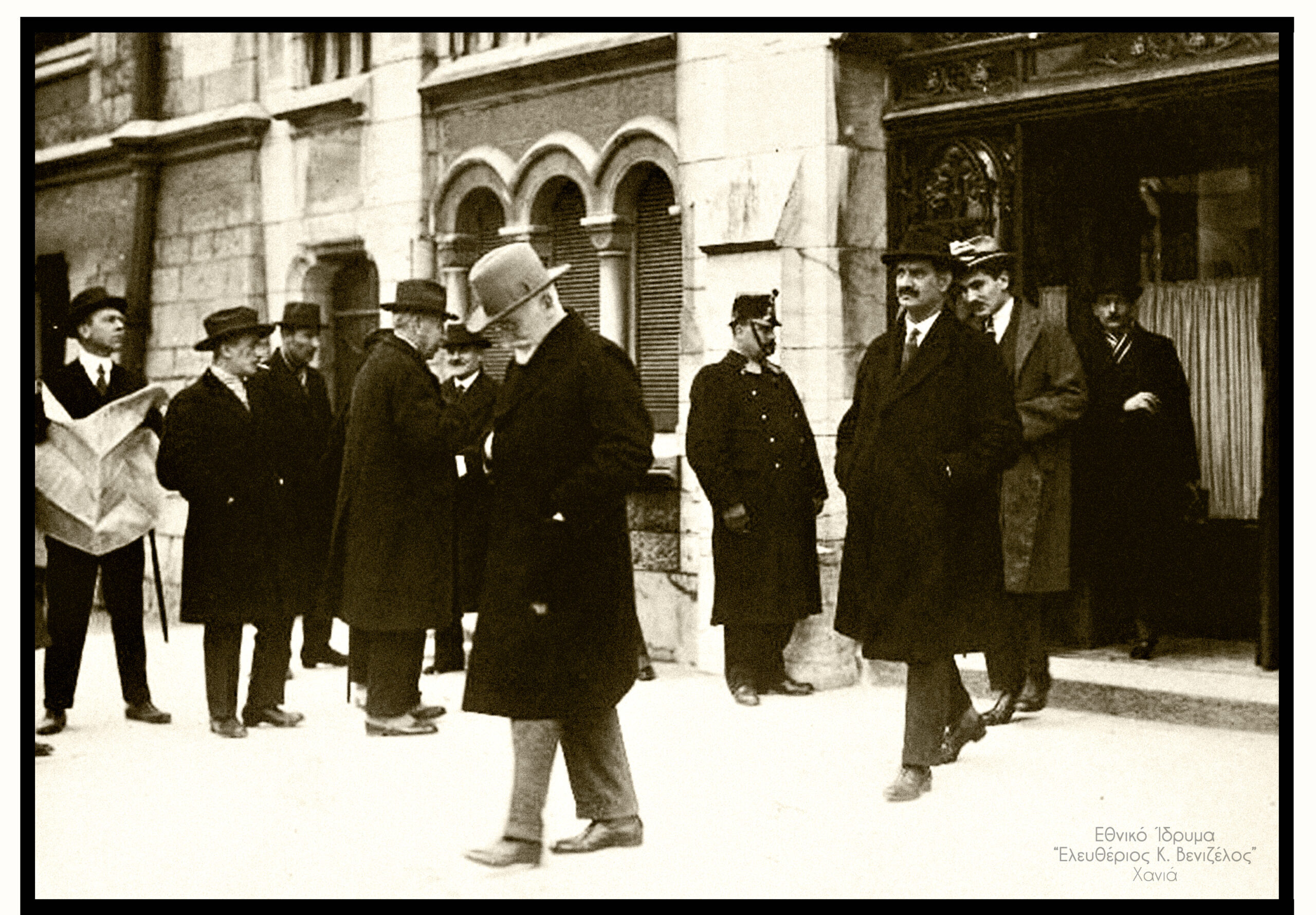
With the destruction of Smyrna in September 1922, the outcome of the war had now been sealed and the formal ratification of its end took place in late September with the Treaty of Mudania. Greece accepted the withdrawal from Eastern Thrace as well, ensuring the life of the Greek populations of the region that followed the Greek army west of the river Evros. The final settlement of the issues between Turkey and the allies, including Greece, was to be made shortly afterwards by the Treaty of Lausanne.
In Greece, political developments were rapid under the weight of the Asia Minor Catastrophe. Colonel Nikolaos Plastiras maintained his prestige from the Asia Minor campaign thanks to the totally successful action of the 5/42 Evzones Regiment that commanded during the retreat. He maintained his discipline by covering the retreat of the army and the evacuation of the Greek villages. Himself, along with Colonel Π. Gardika and Lieutenant Colonel Miltiadis Koimisis formed in Chios in September (11/24-9-1922) of 1922 the “three-member Revolutionary Committee” which soon joined both Colonel Stylianos Gonatas from Mytilene and the fleet.
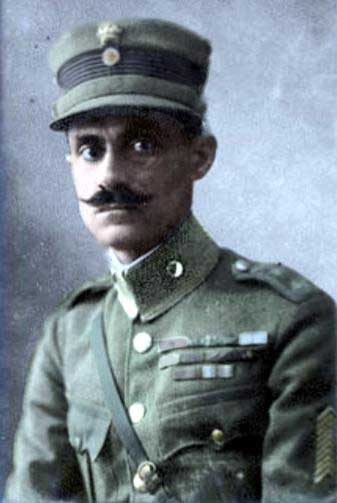
Νικόλαος Πλαστήρας / Nikolaos Plastiras
The rebels arrived in Athens in late September. The government’s resistance was rudimentary and on 14/27 September King Constantine announced his abdication. Now power had passed to the “revolution” that exercised the governance of the country. Initially, the post of prime minister was taken by Sotiris Krokidas to be succeeded by Gonatas. In any case, the power was exercised by the military with the recognized leader Nikolaos Plastiras.
The Government of the Revolution held the Trial of the Six and the negotiations at Lausanne. However, he acted wisely by entrusting the negotiations to Eleftherios Venizelos.
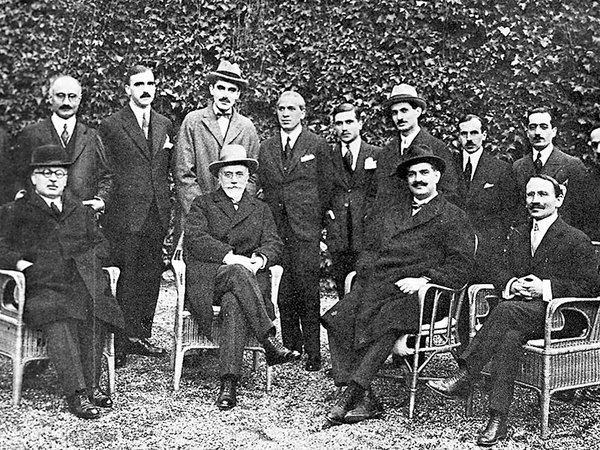
Η ελληνική αντιπροσωπεία κατά τις διαπραγματεύσεις για τη Συνθήκη της Λωζάννης / The Greek delegation during the negotiations for the Treaty of Lausanne
On July 24, the Treaty of Lausanne was signed which settled matters between the Allied powers, not only Greece, and Totrcia. As the Great Powers were more interested in securing their own interests, they often did not support the Greek claims. The negotiating weapon for Greece was the army that had been regrouped by General th. Pangalo and was in Western Thrace able according to the military to advance very soon to the outskirts of Constantinople. Venizelos, however, weighing the attitude of the Great Powers considered the occupation of Eastern Thrace impossible. The Evros river was defined as the border of the two countries and Greece retained the possession of Western Thrace that had been attributed to it by the Treaty of Sevres.
Now the country turned to the reconstruction of the state and the rehabilitation of refugees.
The Treaty of Lausanne incorporated the population exchange Convention signed by Greece and Turkey as early as 30 January 1923. The exchange was a painful decision for populations forced to leave their homes. According to the terms, the contract concerned the “Turkish nationals of the Greek Orthodox religion” and the Greek nationals of the Muslim religion”. The “Greeks” of Constantinople, Imbros and Tenedos as well as the “Muslims” of Western Thrace were excluded.
With this contract, which put an end to the Greek presence in Asia Minor, Venizelos and the Greek side accepted a reality. Already hundreds of thousands of refugees had crossed into Greece under tragic circumstances. The expulsion of the Greeks from Asia Minor and Pontus by the Kemalist forces was inevitable. By accepting the agreement, which was a Turkish demand, Venizelos ensured at least the emigration of the Greeks with greater insurance and the simultaneous departure from Greece of the Turkish populations.
About 1.5 million Orthodox moved to Greece and half a million Muslims to Turkey. The rehabilitation of refugees has been a difficult and perennial task of the Greek state and the Refugee Rehabilitation Committee. However, their integration is perhaps the greatest success of the modern Greek state.

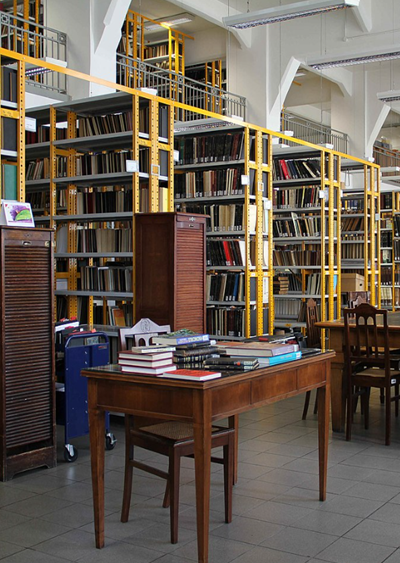
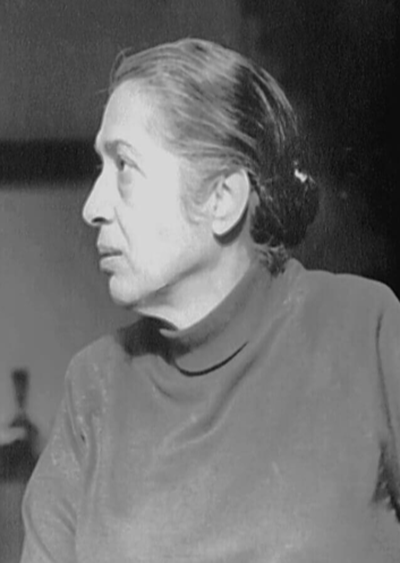




Leave A Comment